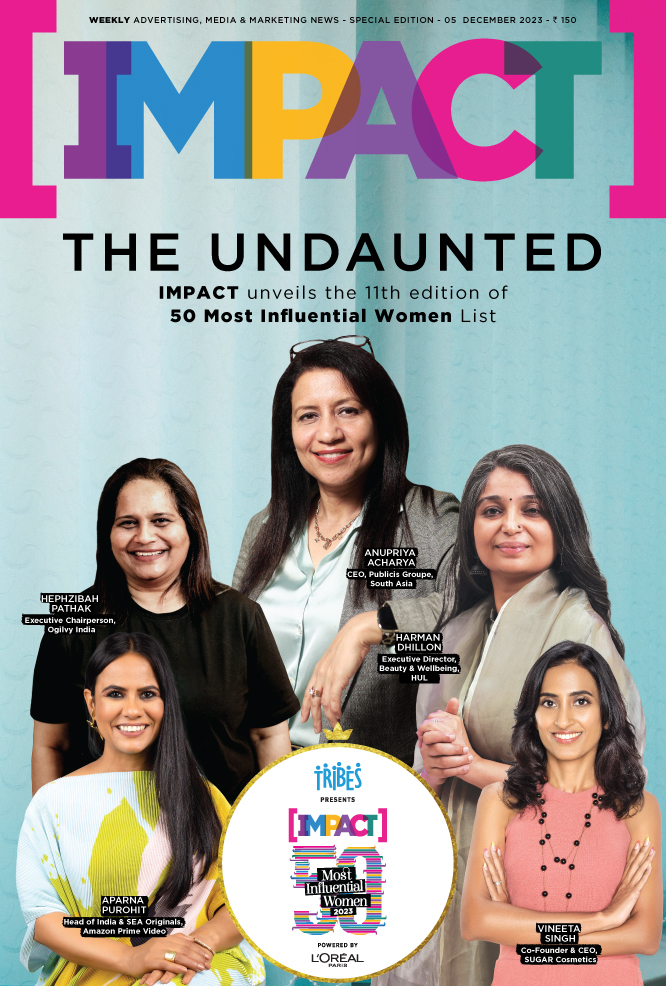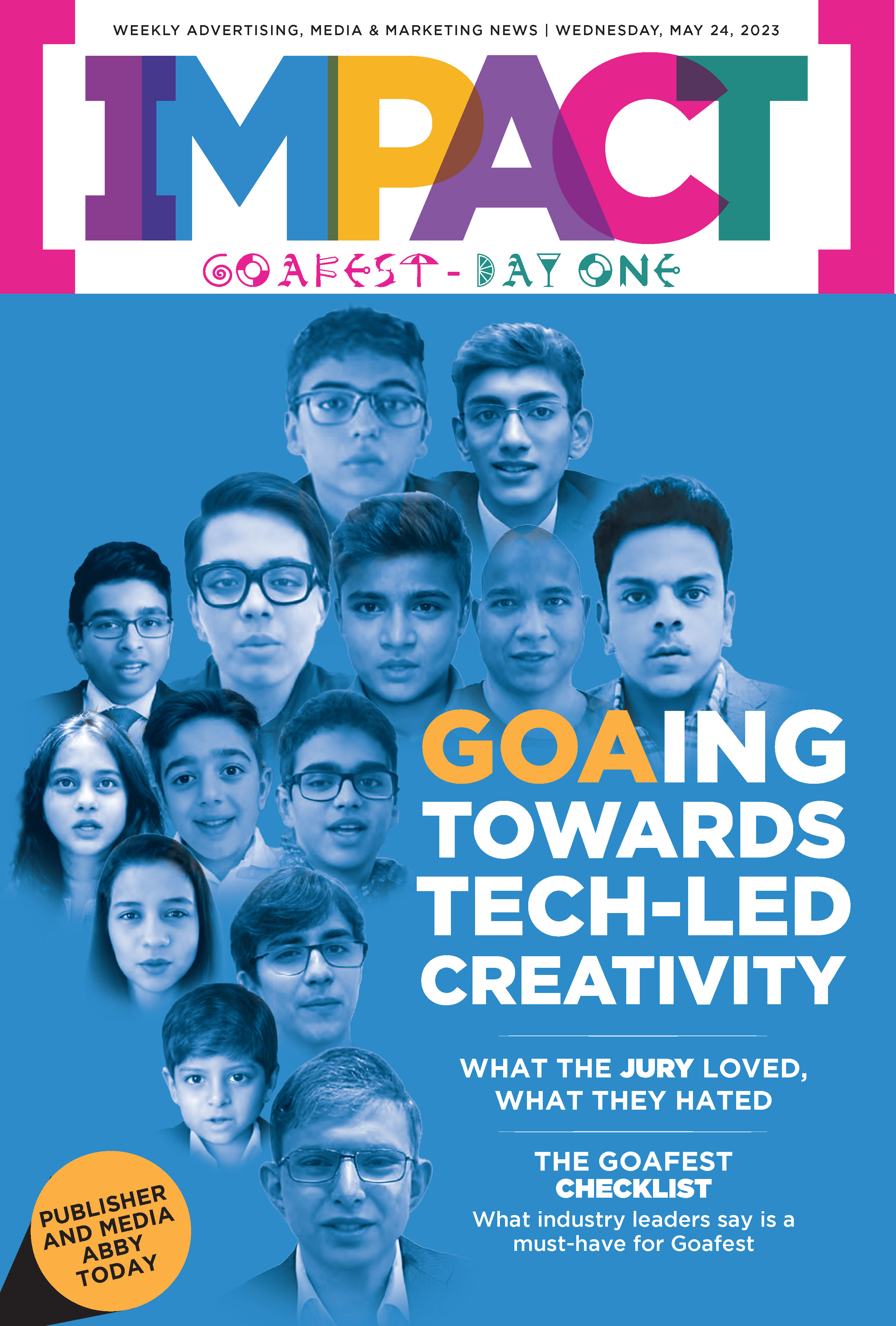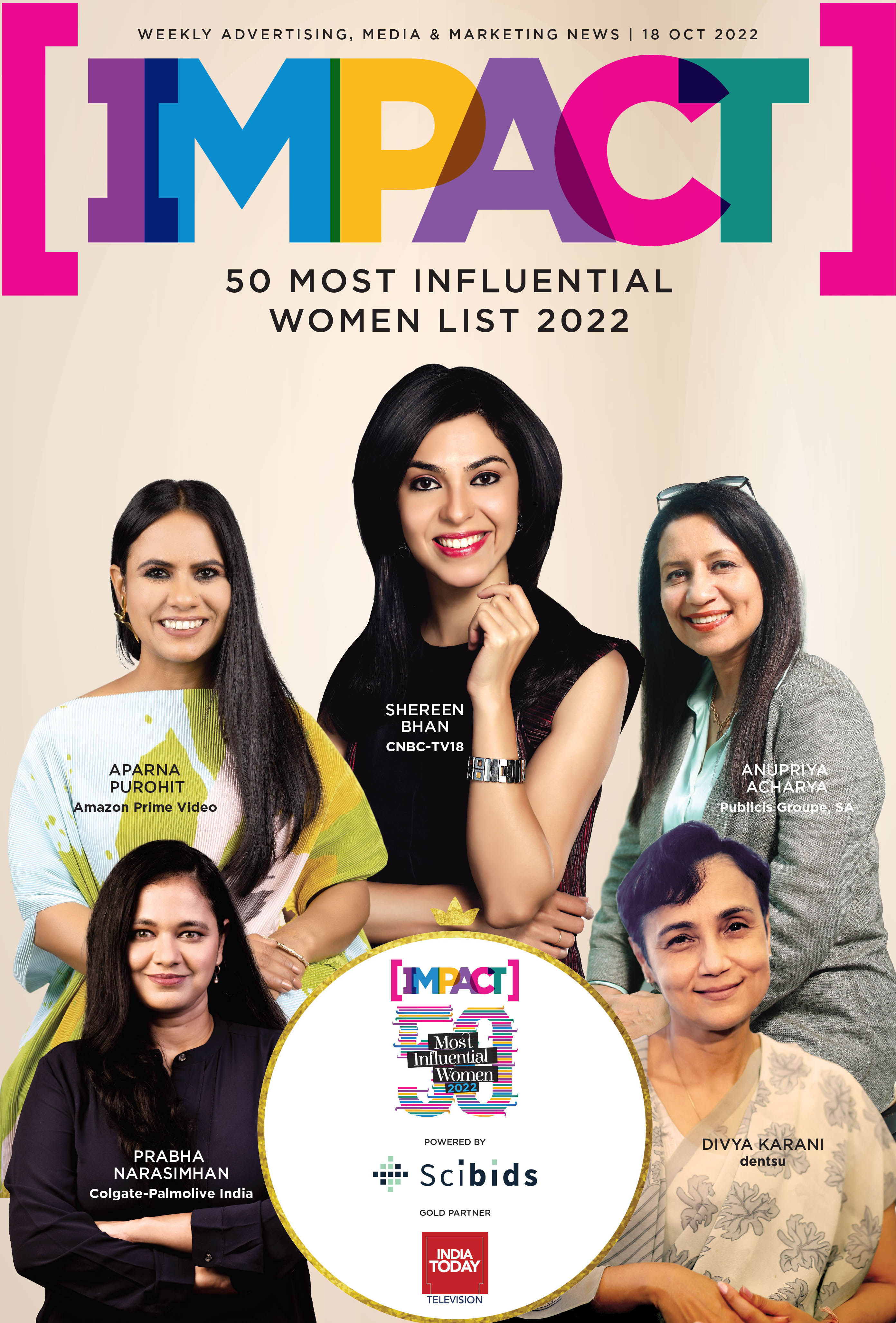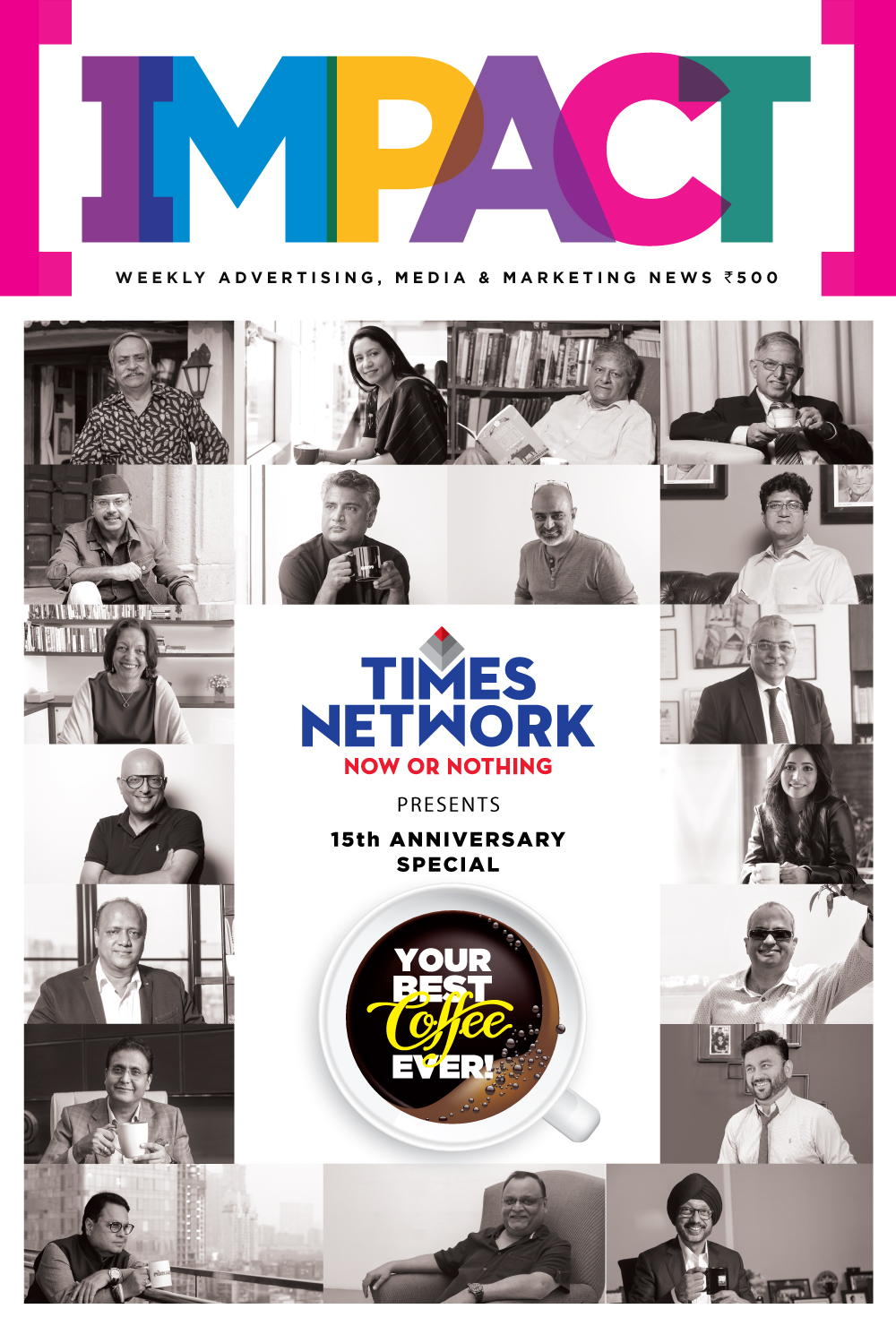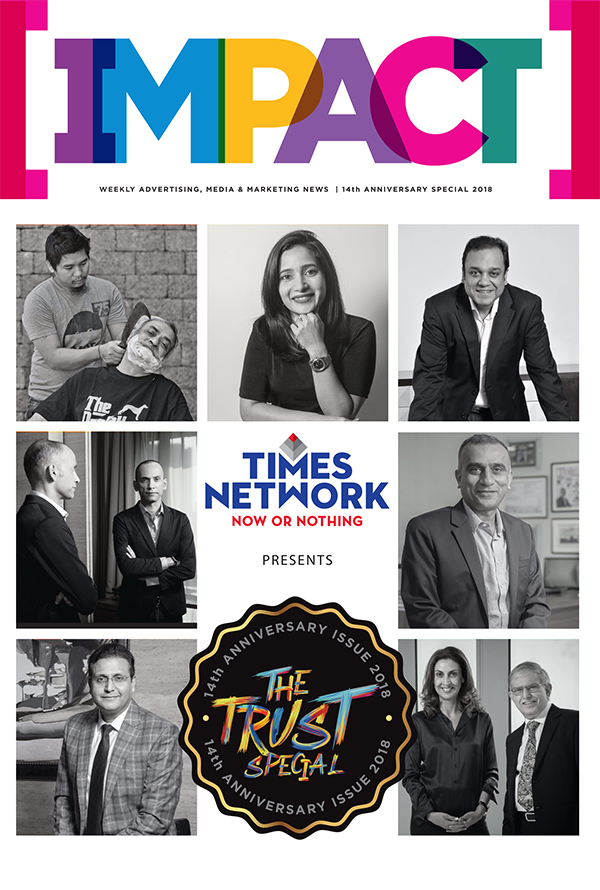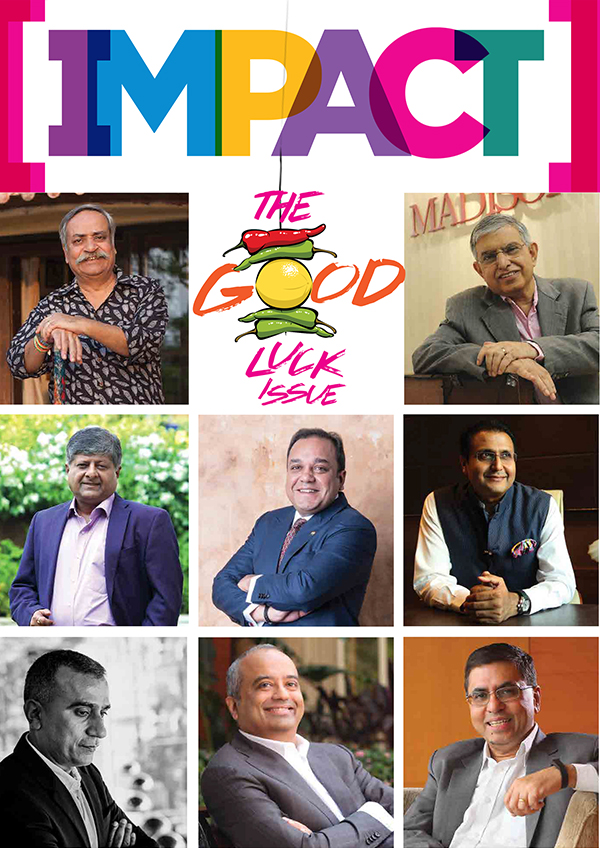With elections around the corner, political parties are leaving no stone unturned before they undergo the litmus test. Part of this strategizing is political advertising, which in today’s time of intense competition has become pervasive and inescapable.
Political advertising has become essential to campaign strategy, and is regarded as far more intrusive than routine commercial advertising. In the political context, though the use of advertising is not new to any democratic process, yet over the years as compared to other campaigning tools, a large share of campaign expenditure is allocated for this purpose and that too across various political parties, irrespective of size and region.
With the kind of budgets political parties are allocating to advertising, experts feel that though the trend is at a nascent stage, we can expect budgets closer to what is spent in the United States.
Consider this: In the Delhi Assembly elections last December, the Congress and the Bharatiya Janata Party (BJP) jointly spent Rs 100 crore on advertising, with Rs 9 crore spent on radio ads alone. The Congress recently revealed that it has hired JWT India, Dentsu India and Taproot for an image make-over. The party has allocated Rs 400 crore for mass media ads, including television, print, radio, outdoor and digital, and around Rs 100 crore for on-ground activities. A massive television, radio and digital campaign highlighting the government’s initiatives and achievements has already been kicked off.
The BJP is also expected to spend an equal sum to give Congress a tough electoral fight in the upcoming Lok Sabha polls. In all, political parties are expected to spend over Rs 1,000 crore by March, as the elections have been scheduled for April. These figures, however, may appear negligible as compared to what happens in the West. In 2009, Barack Obama broke records spending $60 million to run over 1,00,000 political TV ads to win presidential nomination.
Political ad campaigns are not limited to the election season, but have emerged as a strong option to connect with the masses. The BJP-led Central government had splurged around Rs 75–100 crore on its India Shining ad burst in 2004, though the party lost at the hustings, and India Shining became more a case-study of how not to run mass-based political campaigns.
Various political parties have now started hiring creative and media specialists to bring more creativity to the old, simple, classified type of political ads. There is a definite change in the mind-sets redefining the role of advertising in the Indian political scenario.
The reason for this change primarily relates to using advertising potential to build mass awareness and to convert these into voters’ preference, to build image, and the voter base. The essential task of political advertising thus is to gain the confidence of the people for their acceptance of ideas and, in the case of political campaign advertising, to influence their vote.
However, advertisements can often be misleading and an attempt to slurry the opposition and this has not gone unnoticed by the voters themselves. A petitioner recently filed a PIL in the Supreme Court seeking that the apex court lay down guidelines to regulate political advertisements, as political parties are spending crores of rupees on advertisements to highlight their achievements and also to make promises to the electorate, and sometimes ads are highly misleading.
The court refused to entertain the PIL, stating that it was not the time for interference of the court as the general elections are round the corner. In India, where elections are contested more on the basis of caste, creed, religion and regional issues, the attempt to make people informed and knowledgeable, and to have their favourable action through the intense use of advertising, certainly makes us inquisitive about the role of political advertising. It becomes more a reason of worry when the size of advertising expenditure is very large and even in some cases larger than the annual budget of some big multinational companies.
The current lull in the economy seems to have no effect on this, and it is expected that investment by political parties in advertising will push the growth of the industry to 8.5% as compared to 4.6% last year.
The question that arises is whether the money can be better spent. In a country where 30% of the population cannot afford two square meals a day and look up to their elected candidates for help, such a massive spending on elections seems like vanity and ignorance of people’s needs. In a nation still crippled with poverty and under-development, resorting to such extravagance seems frivolous.
Morally, these advertisements tend to influence the people and interfere with a ‘free and fair’ election and also give an undue advantage to political parties in power, as against their opponents. The government in power, moreover, can use funds from the state exchequer for these advertisements, which are otherwise to be used only for public purposes, in public interest. For the parties that are singing the tune of nation-building, no real ‘Bharat Nirman’ can be achieved when crores are being spent in the name of poll propaganda. If politicians practise the austerity they preach, we will be better off. They speak of cost-cutting measures unremittingly, but do not seem to follow most of them, especially when it comes to election campaigning.
Feedback: abatra@exchange4media.com












